Part 5-EASTERN EUROPE: STRUDEL, SCHNITZEL AND STRAUSS, A FEW OF OUR FAVORITE THINGS
Part 4 was The Music and Muses of Vibrant Vienna
SLOVAKIA, once again!
BRATISLAVA
Yes, I have spoken about Slovakia, but only when our intrepid group of travelers paused for lunch on our way from Poland to Hungary in Part 3-EASTERN EUROPE: STRUDEL, SCHNITZEL AND STRAUSS, A FEW OF OUR FAVORITE THINGS;
Breakfast in Poland, Lunch in Slovakia and Dinner in Hungary. This time we departed Austria and headed for the Czech Republic, stopping for the night in Bratislava, the world’s only capital to share borders
with two countries: Austria and Hungary.
Where we stayed:
Two things struck me during our brief overnight at the upscale Hotel Devin, which I discovered too late had a Thai massage parlor on the lowest level. First, from our small walkout balcony, Russ and I could look across the Danube River and see a skyscraping tower with a flying saucer-shaped restaurant on top. Funny enough, the combination restaurant and observation deck is called the UFO Restaurant. We didn’t get there, but our local guide raved more about the fantastic views than what she described as the sky-high bill for a minimal amount of food.
Two, our hotel was a minute’s walk to the U.S Embassy, an unadorned building with government security posted in a car outback and who returned waves as we walked by. I grew up in an Air Force household on air bases around the world. I can’t recall ever having military police or security wave or even smile!
What we learned:
Ahoj = hello
The January 1, 1993 dissolution of Czechoslovakia resulted in creating two countries: Slovakia and the Czech Republic. No one asked the people if they wanted to be a part of a divided country.
Even though Bratislava is an hour away from Vienna, Austria, prices are 30-50% cheaper in this post-Communist economy. The result is that many Austrians come for the bargains, dine at the many international restaurants, or buy a second home… all of which drives up the costs for the locals. The average salary is about $1000/month, less 20% for taxes. Seniors and pensioners who survived Communism only receive about $400 a month. They are the poorest of the city’s population.
The Carlton is the oldest hotel in town.
Škoda cars are quite popular. Many of their parts are made in Slovakia and Czech Republic. The irony is that Škoda in Slovakian means “what a shame or pitiful.” Škoda is not the only company producing cars here. 98% of all cars made here are exported. Companies include Volkswagen, KIA, Peugeot-Citroen, and Jaguar Land Rover. The local guide said that KIA was named for SlovaKIA. Not sure how that is possible as KIA is a South Korean company, but that is how myths are created, right?
Bratislava has been invaded many times by countries that built or rebuilt fortifications since the Stone Age. These countries include Celts, Roman, Slavs and of course, Slovaks.
Today there are about half a million people who used to speak mostly Hungarian or German from past occupiers. The city became Bratislava in 1919 and in 2004, joined the European Union. Euros are accepted, but because of their proximity to surrounding countries, it may be possible to use other currency, such as the Hungarian forinth.
Running for political office is seen as a privilege open to anyone over the age of 35, has never been in prison, and who has collected 15,000 signatures. Sixteen people last ran for the office of Mayor.
Our local guide mentioned climate change has altered weather patterns. Now July has become more humid due to many more thunder storms.
From the first grade, schoolchildren learn English.
Post-World War II, there are 1000 known Jews in Bratislava. 70% of the country is Roman Catholic.
Outside the downtown, the architecture still reflects Communist-era drab grey square buildings.
Saw an interesting poster outside the U.S Embassy Bratislava. It advertised summer work and travel in the USA.
What we saw:
We drove around Bratislava in a large open-sided tram car resembling a mini-train, stopping to wander around the grounds of the white castle with red turrets. The ninth century tower is slowly being renovated.
We walked by the downtown Clock Tower and into the narrow, twisting cobblestone streets of the downtown area. Boutique shops and small cafes line the sides, with canopied tables and large poster displays of featured traditional Slovakian dishes. The city’s image is strongly regulated by the government, which has banned any plastic chairs, plastic utensils or paper plates to be used at the cafes.
We stopped by a fancy 18th century classical-style pink building once owned by the Archbishop. Now the first floor is an art gallery and the second houses the Mayor’s offices.
What we ate. What we drank:
We were told the best local ice cream shop is Koun, near the U.S Embassy. The locals must think so too. The line extended out the door and down the steps.
With little free time to wander and knowing we would be having a special group meal that evening, we decided on an outdoor café for a light lunch. Slovenska Restauracia promised traditional cuisine. We shared a Greek salad and chicken paprikash with dumplings. Although portions were huge, the food was so-so. At least the food quality prevented us from overeating. I drank a glass of local white wine. The strong grapefruit finish puckered my mouth.
We dined that evening at Reštaurácia Husacina u Milana, a family-owned restaurant inside a roadside converted house about half-an-hour’s drive outside Bratislava, and quite well-known for its duck. Duck in Western Slovakia is what you order for celebratory dinners. Typical side dishes are potato pancakes and red cabbage. Reštaurácia Husacina u Milana is not open every day and you must have reservations. We ate family-style at long banquet tables. I love well-prepared duck, and this was. Each platter contained a whole, cut up duck. You chose your piece. The thigh I chose was juicy and fork tender with crackly skin. The sides were the expected red cabbage but an interesting take for the potato pancakes. These were more like crepes, made from mashed, boiled potatoes that were then flattened before being pan-fried. We drank locally-produced Riesling wine. Dessert was an apricot sponge cake.
Before having our first sip of wine, we learned the proper method of toasting. This was a celebratory dinner, right? So toasting each other was pre-ordained. Anyway, each person grabs the glass by the stem, swirls the wine to observe the color, and then sniffs the contents before looking deep into someone’s eyes. The glasses are clinked together and each person says “na zdraví,” which means “cheers” or “to your health.” Legend goes that if the toast isn’t done properly, the drinkers will have seven years of bad sex! Trust me, we all paid close attention to the directions after hearing that! In a less formal situation, you link your arms cross body with the other person, sip the drink, and kiss each other’s cheeks three times. Only then are you permitted to call each other by first names. This ritual signifies brotherhood.
Coming in Part 6 – Tourists Invade The Prague, The City Of Concerts, Castles And Korunas
www.hoteldevin.sk/en
www.bratislavskarestauracia.sk
www.husacinamilan.sk.
www.visitbratislava.com
Karen Kuzsel is a writer-editor based in the Orlando area who specializes in the hospitality, entertainment, meetings & events industries. She is an active member of ILEA and MPI and is now serving on the 2017 – 2018 MPI Global Advisory Board for The Meeting Professional Magazine for the third consecutive year. She is a member of the Society of Professional Journalists. Karen writes about food & wine, spas, destinations, venues, meetings & events. A career journalist, she has owned magazines, written for newspapers, trade publications, radio and TV. As her alter-ego, Natasha, The Psychic Lady, she is a featured entertainer for corporate and social events. karenkuzsel@earthlink.net; www.ThePsychicLady.com; @karenkuzsel; @thepsychiclady. Food photos for this series by Karen Kuzsel.
All other Photos by Russ Wagner, a retired government planner/builder who has a passion for trains, travel and taking photographs.



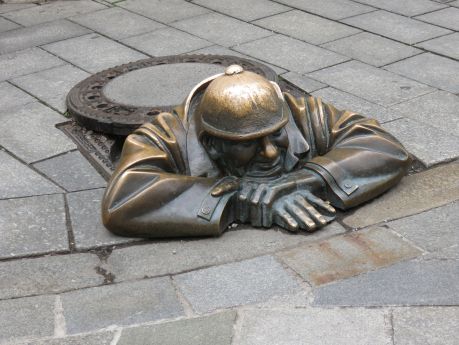
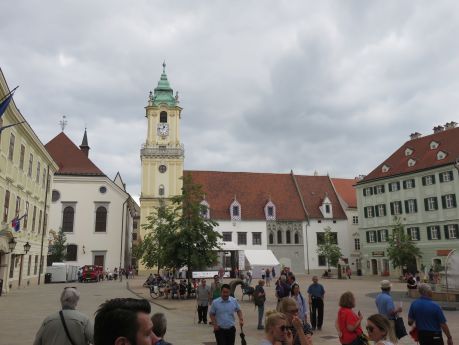

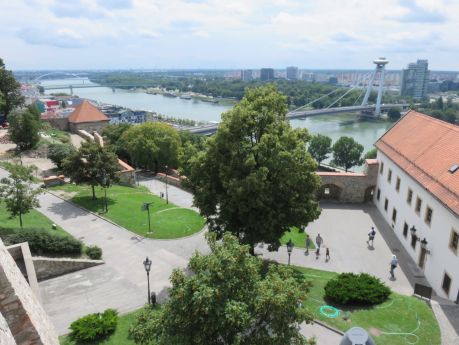
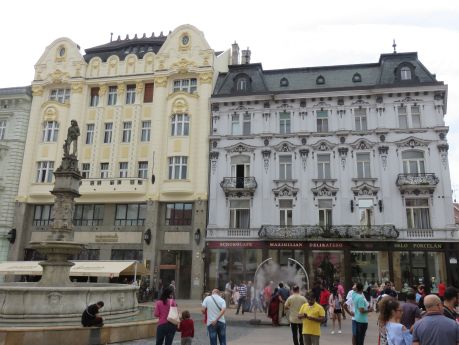
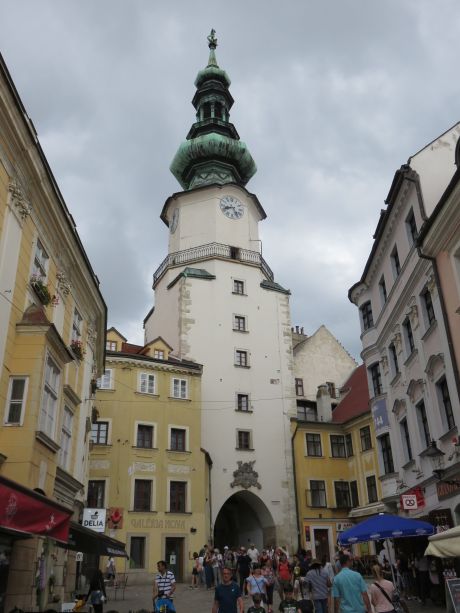
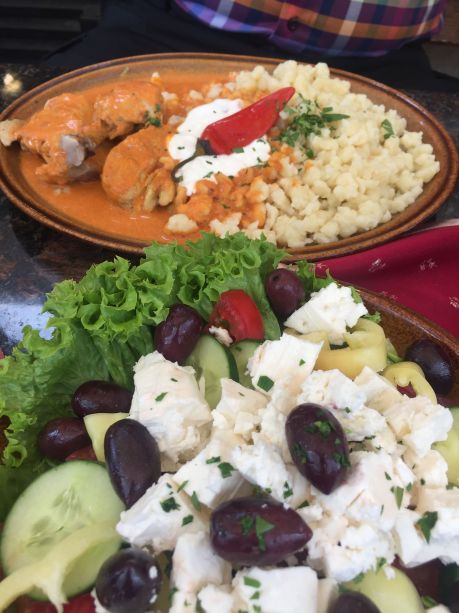
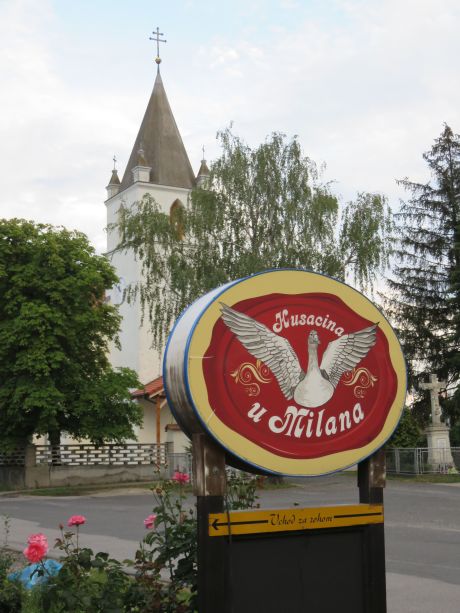

Leave a Reply
Want to join the discussion?Feel free to contribute!